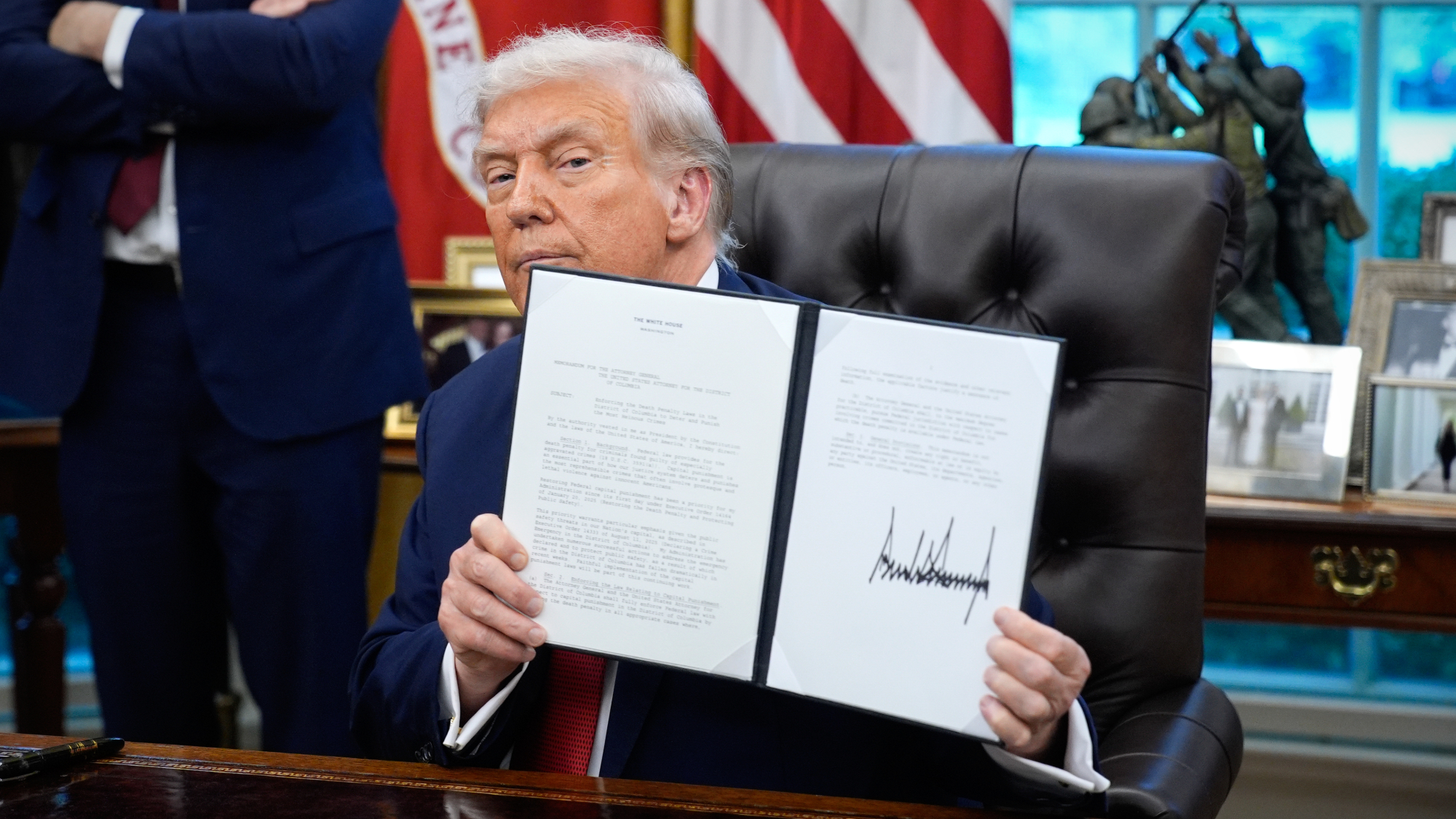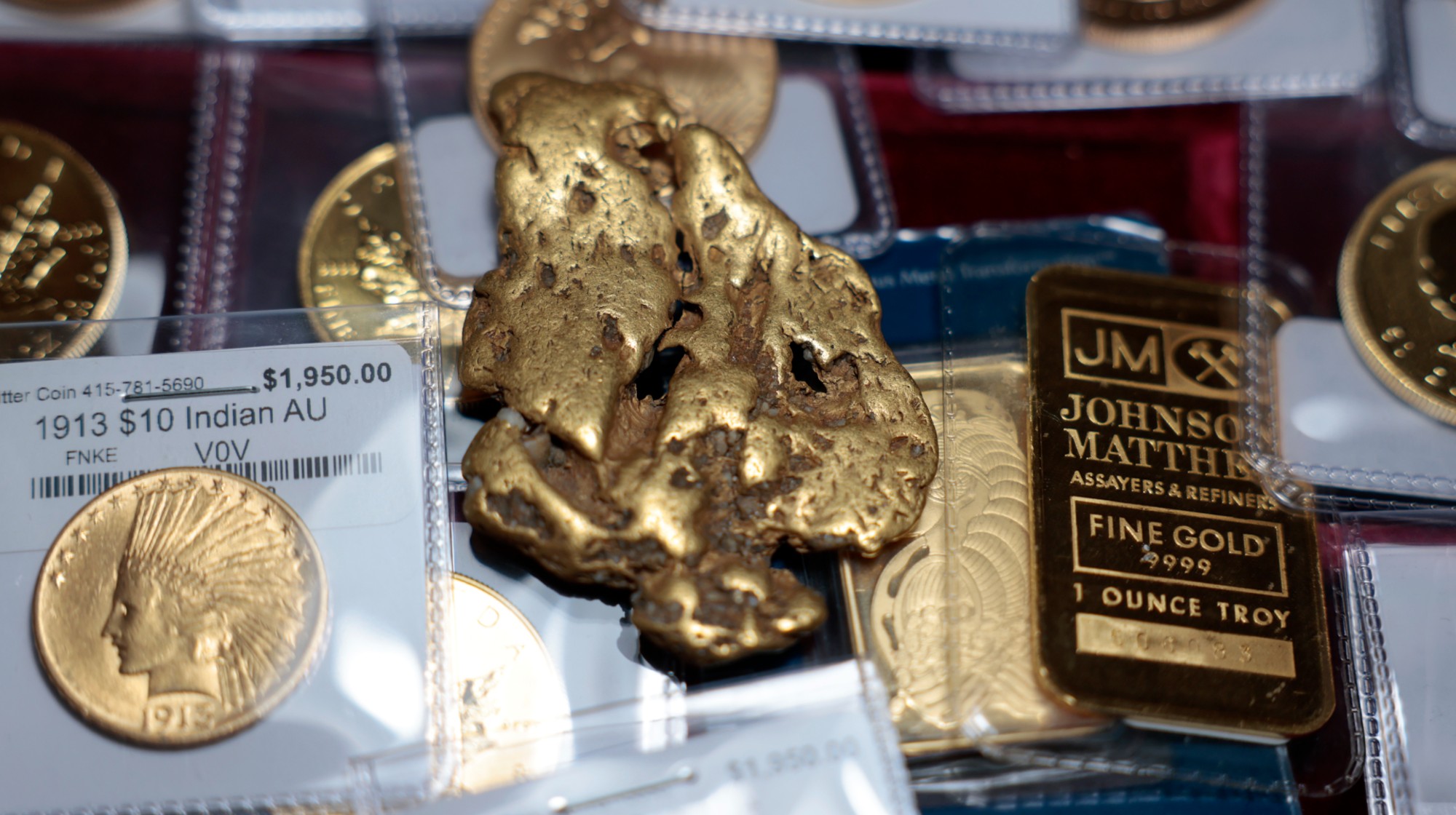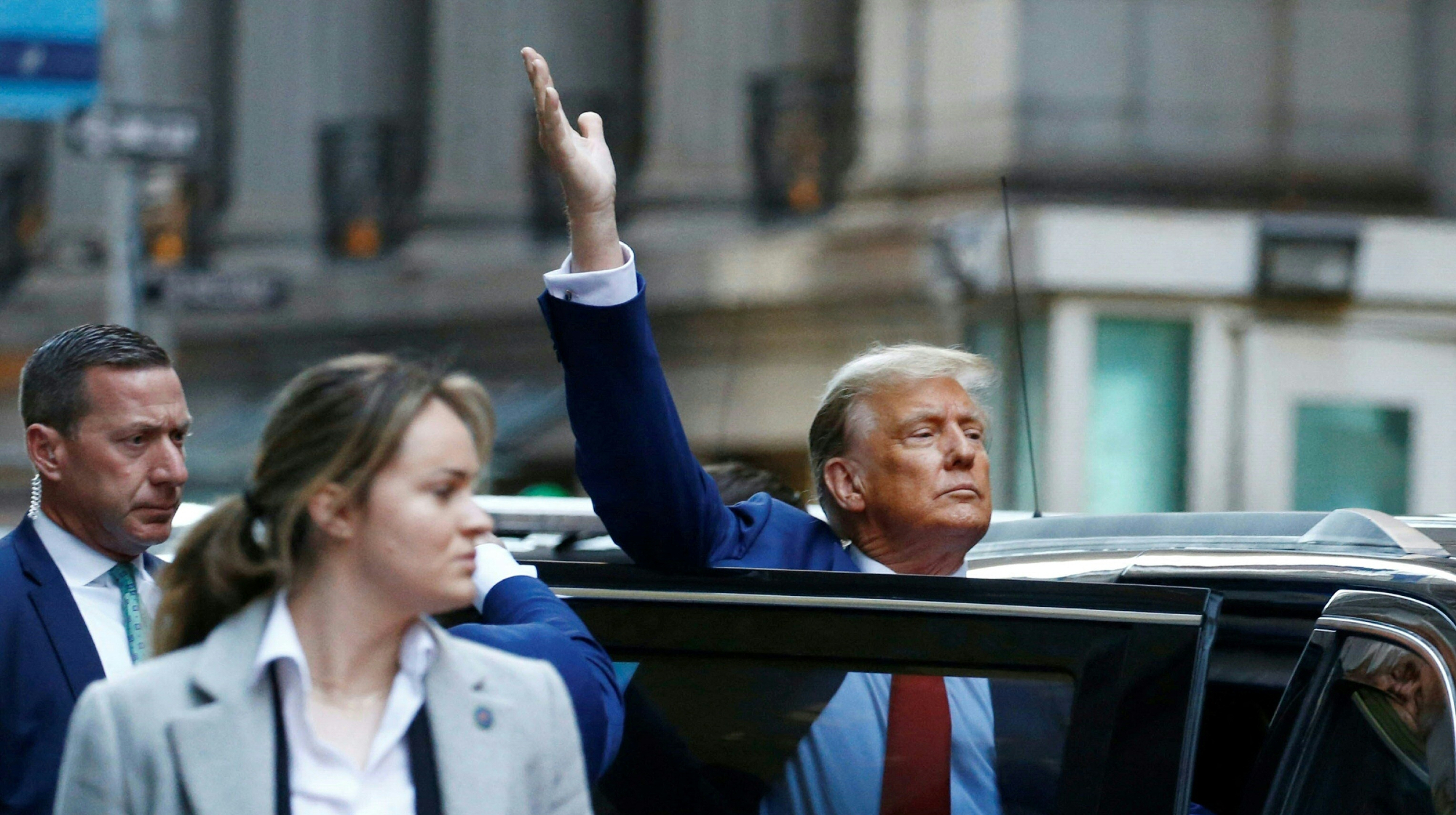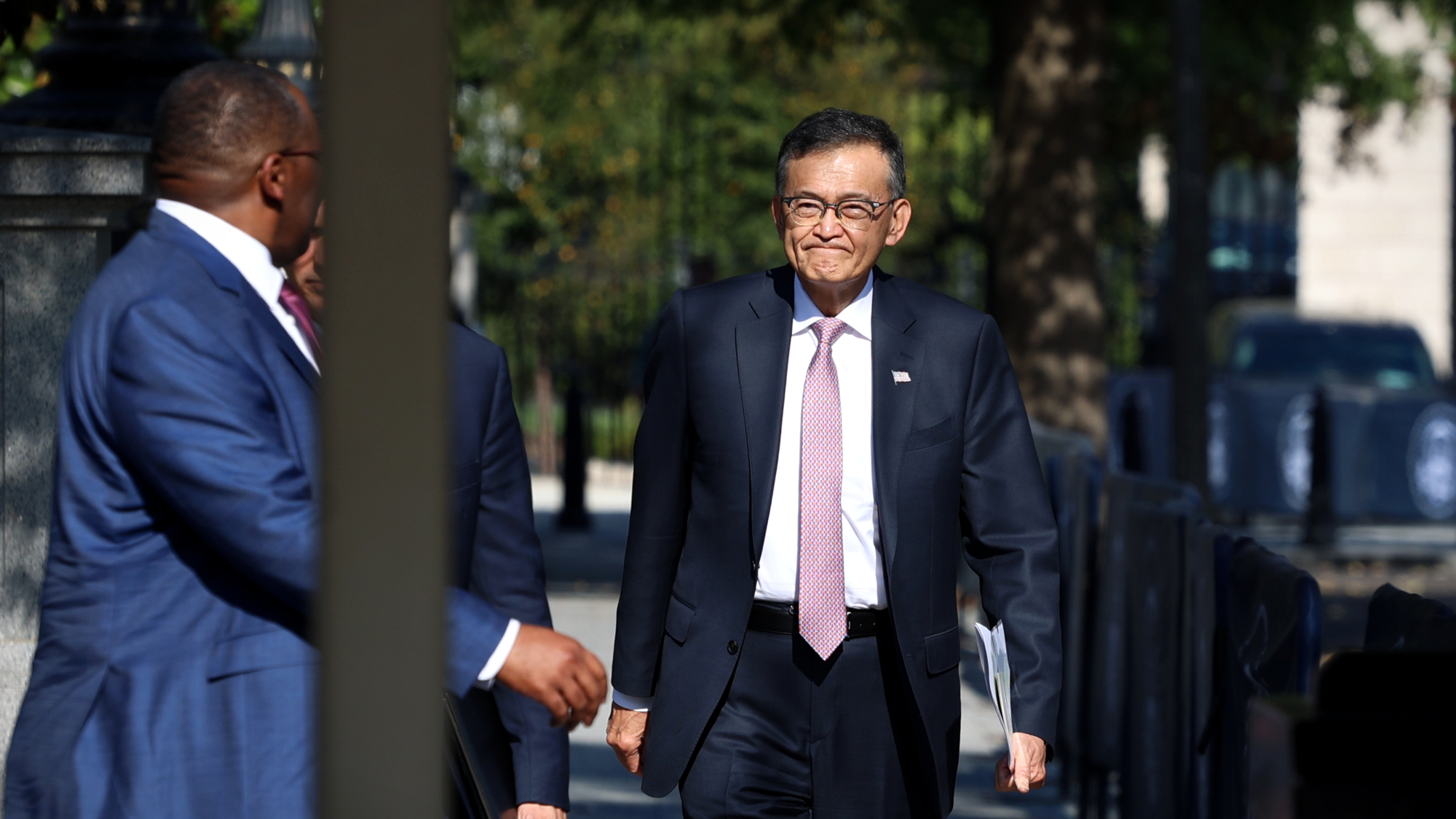A peek inside China's sketchy 'legal highs' drug laboratories, from the BBC


In 2012, a synthetic drug sold as "bath salts" became briefly famous in the U.S., when the quasi-legal substance was blamed for a crazed cannibal attack on a homeless man in Florida. In Britain, these so-called designer drugs are called "legal highs," even though they were made illegal in May under a law called the Psychoactive Substances Act. Some U.S. states have also banned the sale of these synthetic drugs, even as the Supreme Court last year narrowed the scope of the main federal law used to prosecute sale of the drugs.
Most of these "legal highs" are believed to be made in China, before being sold as "bath salts" or incense in head shops and convenience stores under such names as "Bliss," "Spice," and "Ivory Wave." On Tuesday, the BBC's File on 4 program published an investigation into these synthetic cannabis, narcotics, or other psychoactive drugs, showing footage inside a "legal highs" factory in China's Hebei province and illustrating how easy it is to import the drugs into Britain (and, presumably, the U.S.). The drug lab did not look terribly hygienic.
"Well, this is obviously a dilapidated building, so you wouldn't ordinarily associate a modern chemistry laboratory with this," drug specialist Peter Cain tells the BBC. "And the equipment that they're using is quite dirty, covered in filth. And so any contaminant that's present, that they haven't cleaned out from a previous reaction, ends up in the new reaction. And you don't know what the toxicity of that potential new compound they've made could be." Learn more about the Chinese lab, the designer drugs, and how they're still kind of legal in the video below. Peter Weber
The Week
Escape your echo chamber. Get the facts behind the news, plus analysis from multiple perspectives.

Sign up for The Week's Free Newsletters
From our morning news briefing to a weekly Good News Newsletter, get the best of The Week delivered directly to your inbox.
From our morning news briefing to a weekly Good News Newsletter, get the best of The Week delivered directly to your inbox.
A free daily email with the biggest news stories of the day – and the best features from TheWeek.com
Peter has worked as a news and culture writer and editor at The Week since the site's launch in 2008. He covers politics, world affairs, religion and cultural currents. His journalism career began as a copy editor at a financial newswire and has included editorial positions at The New York Times Magazine, Facts on File, and Oregon State University.
-
 Wilde Cambridge: home-away-from-home in a prime city spot
Wilde Cambridge: home-away-from-home in a prime city spotThe Week Recommends This laid-back aparthotel is the perfect base for a weekend of exploring
-
 The best alcohol-free alternatives for Dry January
The best alcohol-free alternatives for Dry JanuaryThe Week Recommends Whether emerging from a boozy Christmas, or seeking a change in 2026, here are some of the best non-alcoholic beers, wines and spirits to enjoy
-
 A lemon-shaped exoplanet is squeezing what we know about planet formation
A lemon-shaped exoplanet is squeezing what we know about planet formationUnder the radar It may be made from a former star
-
 TikTok secures deal to remain in US
TikTok secures deal to remain in USSpeed Read ByteDance will form a US version of the popular video-sharing platform
-
 Unemployment rate ticks up amid fall job losses
Unemployment rate ticks up amid fall job lossesSpeed Read Data released by the Commerce Department indicates ‘one of the weakest American labor markets in years’
-
 US mints final penny after 232-year run
US mints final penny after 232-year runSpeed Read Production of the one-cent coin has ended
-
 Warner Bros. explores sale amid Paramount bids
Warner Bros. explores sale amid Paramount bidsSpeed Read The media giant, home to HBO and DC Studios, has received interest from multiple buying parties
-
 Gold tops $4K per ounce, signaling financial unease
Gold tops $4K per ounce, signaling financial uneaseSpeed Read Investors are worried about President Donald Trump’s trade war
-
 Electronic Arts to go private in record $55B deal
Electronic Arts to go private in record $55B dealspeed read The video game giant is behind ‘The Sims’ and ‘Madden NFL’
-
 New York court tosses Trump's $500M fraud fine
New York court tosses Trump's $500M fraud fineSpeed Read A divided appeals court threw out a hefty penalty against President Trump for fraudulently inflating his wealth
-
 Trump said to seek government stake in Intel
Trump said to seek government stake in IntelSpeed Read The president and Intel CEO Lip-Bu Tan reportedly discussed the proposal at a recent meeting
